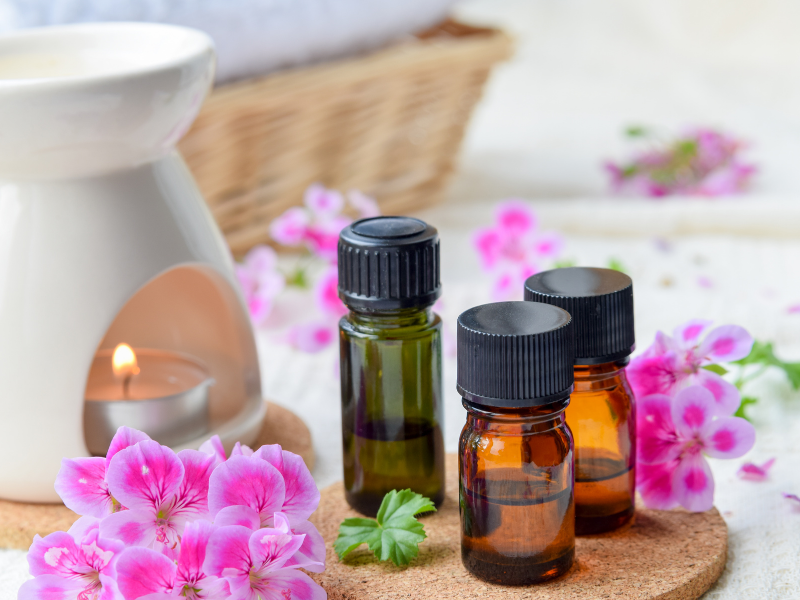Article: Tea Tree Oil

Tea Tree Oil
English name: Tea tree essential oil
Scientific name of the plant: Melaleuca alternifolia
Family of the plant: Myrtaceae
Description: Leaves and branches
Color: Colorless or yellowish
Smell: Fresh, woody, earthy, herbaceous
Odor level: Medium
Note: Medium
Consistency: Thin
Growing places: Australia, Tasmania, Kenya
Compatible oils: Bergamot, black pepper, German chamomile, Roman chamomile, eucalyptus, lemon, oakliptus radiata, geranium, lavandin, orange, palmarosa, mint, rosemary
Tea Tree Oil Benefits, Areas of Use and How to Use It
- It can be used on wounds, insect bites and as an itch reliever.
- It is used for skin infections, acne, pimples, dermatitis, eczema, psoriasis, skin rashes, ringworm, diaper rash and nail infections.
- In cases of bacterial mouth infections, tonsillitis, aphthae, mouth sores, sore throat, cough, cold, and sinus congestion, a few drops of tea tree oil can be added to a glass of water and gargled.
- It is effective in the treatment of foot fungus, foot problems, bad odor, cracks, peeling and calluses. A few drops can be added to manicure and pedicure water.
- It is used as a wash for vaginal infections, vaginitis, cystitis, uterine and cervical wounds.
- It is a preferred oil in the perfumery industry due to its fragrance properties.
- It is used as an aromatic salt, soap and candle scent.
- It is used for head and body lice, ticks and warts.
- It is used in the treatment of hemorrhoids.
Things to Consider When Using Tea Tree Oil
- It should not be used orally.
- Should not be inhaled.
- It should not be applied to the eyes and ears.
- It is an oil for external use only.
- It should not be used during pregnancy and breastfeeding .
- It should not be used in children under 12 years of age.
- It should be kept out of reach of children.
- May cause irritation, patch test recommended.
Tea Tree Oil Storage Conditions
It should be stored in tightly closed dark glass containers in a cool environment, protected from sunlight and moisture.
Click for tea tree oil prices , examine our product now.



